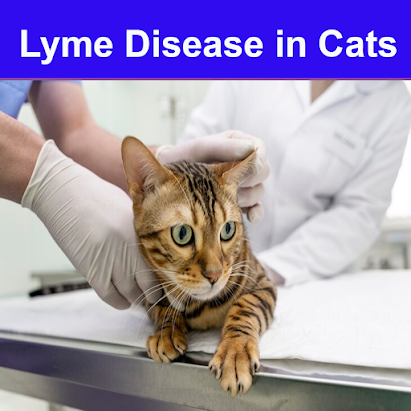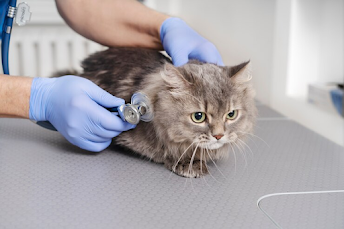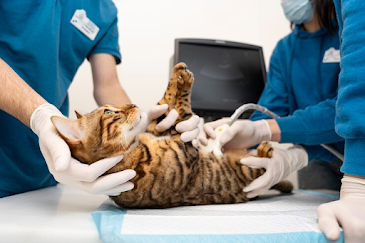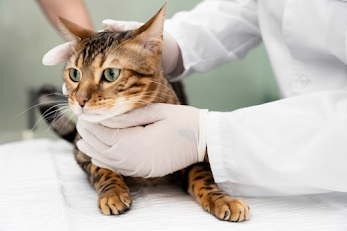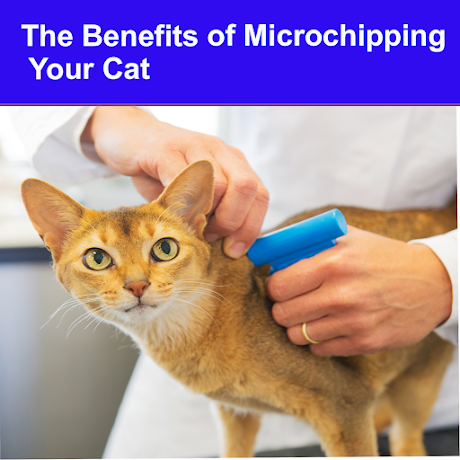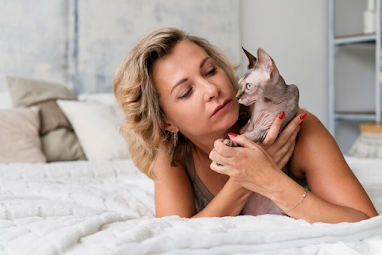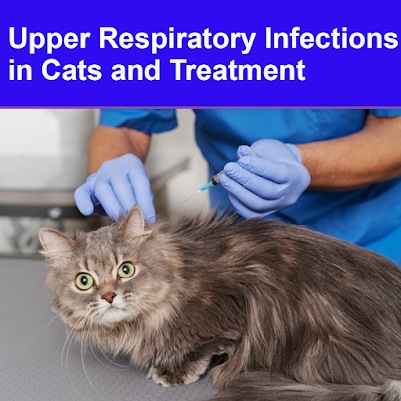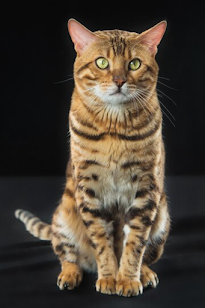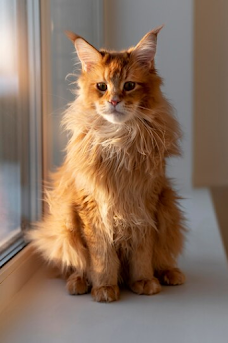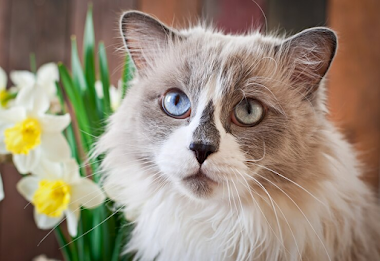Prevent cats from peeing on the rug
Cats skilled in applying the litterbox for removal might not misbehave if they urinate outdoors on it and on your carpet. Litter field scent is one of the maximum not unusual behavioral troubles that cat proprietors deal with; it could be bothersome and tough for them to manage.
To cope with the problem, you first verify why your cat is urinating in beside-the-point places, like your nice carpets. Find out why cats might also additionally have a propensity to urinate on rugs and the way to cope with this behavioral issue.
Why Do Cats Urinate on Carpets?
Of all the areas in a house, rugs appear to be the most frequently targeted for improper removal. Cats are drawn to the fabric for some reason. Maybe it's the aroma, or maybe it's just that rugs are simple to knead and paw at like litter. There's probably also absorbancy to consider. Although many cat owners report the same problem, you may never know why your cat seems to favor the rug.1 Issues with Feline Behavior: Destroying the House. Cornell Feline Health Center.
RELATED: 10-tips-for-building-stronger-bond-with
It will require close observation to determine the cause of the issue because cats are frequently enigmatic. One by one, you'll need to rule out the possible causes.
Reasons Why Cats Urinate on Rugs
There are a few reasons why your cat might be urinating outside of the litter box, regardless of where it is happening.
Health Concerns
Before presuming that your cat`s wrong removal is the end result of awful conduct, get the recommendation of a veterinarian. During the examination, your veterinarian will communicate with you approximately your cat's conduct and ask approximately any additional symptoms, consisting of vomiting, diarrhea, adjustments in appetite, or lethargy. Your cat can be very well tested via way of means of the veterinarian to search for any symptoms and symptoms of a scientific problem. It is likewise viable to advise laboratory checking out and/or radiographs (X-rays).
Even something as easy as constipation would possibly cause a cat to urinate on a carpet or in every other beside-the-point location. For example, a tardy cat could have a problem attending to the muddle container while the preference to urinate occurs.
RELATED: lyme-disease-in-cats.
Inappropriate defecation may also be the result of pain or discomfort.. Perhaps your cat finds it difficult to enter and exit the litter box and waits to urinate until he is unable to do so. Maybe it's easier for the cat to adopt the most comfortable position on the rug in the living room. Your veterinarian might identify a disease like arthritis in your cat and recommend a comfortable course of action.
Remember that dementia can strike senior cats. Your cat's habits may change as a result, and he might even "forget" years of training. In this case, your veterinarian could also be able to offer some nutrients or drugs.
Reasons in Behavior
After ruling out medical issues, you should look at behavioral reasons. There are a few possible causes for the abrupt shift in your cat's habits.
Undesirable Litter Box:
It's possible that your cat doesn't like the shape, size, or placement of the litter box. It's also possible that he dislikes the cat litter you use. Because the litter box is unclean, many cats detest using it. Does your picky cat think your litter box is clean enough?
Environmental Stress:
Have you relocated recently? Has someone or a pet recently moved into the home? For a cat, even a small alteration in their routine can be stressful.
Territory Marking:
Have you relocated recently? Has someone or a pet recently moved into the home? For a cat, even a small alteration in their routine can be stressful.
How to Put an End to Unsuitable Pooping
It can be difficult to break the behavior of your cat urinating outside of the litter box once it has started. You'll need to take a few steps and give your cat the complete attention they require to stop this unwanted behavior.
First things first, make sure you clean your cat's poop-stained regions completely. Your cat will still be drawn to the area if you are unable to sufficiently clean it. Anything that can be put in the washing machine, wash it. You may simply need to discard a bathmat or cheap rug if your cat has urinated on it. Use a premium enzymatic cleaner on pet messes for optimal results.
Examine the Litter Box Again
Cats typically like large, open litter boxes and want to use really clean ones. Consider using large litter boxes without lids instead. You might even think about converting a sizable plastic storage box underneath the bed into a king-sized temporary litter box. If you only have one litter box, place another one somewhere else. If your cat has been pooping in the wrong spot, you might want to consider placing the second box close to the area. You could require extra litter boxes if you have several cats. There should be one more litter box in the house than there are cats, as a general rule of thumb. Litter boxes must be located on each floor of the house.
Consider the Litter
As soon as possible, convert from scented to unscented litter. For the purpose of masking odors, humans might prefer scented litter, but many cats find artificial aromas overpowering and disgusting.1. Keep in mind that your cat's nose is far more sensitive than yours. The litter's texture might not be to your cat's taste either. Try using a different kind of litter in the second box to see if your cat likes it more. Think about whether or not the litter clumps, as well as the size of the individual particles.
Focus on Training
Prevent Your Cat From Using Wrong Areas
If your cat prefers to urinate in a few designated spots, try to make these spaces as unappealing as you can. Put down some double-sided tape or aluminum foil and wait for your cat to quit attempting to reach these locations. Try your hardest to make the most enticing choice the litter box.
Decrease Stress at Home
Make sure to appropriately introduce the new cat to the rest of the household. You might need to progressively desensitize your cat to the stressor if it's another animal or even a human. Ensure that your cat has a secure space to go to when they need it. Additionally, make sure there is adequate room so that the litter box and the feeding bowl are not adjacent to one another.
Enhance Your Cat's Environment and Engage in Daily Play with Your Cat
To add more meaning to your cat's life, educate yourself on feline enrichment. If you want to give your cat more places to explore, think about increasing vertical space with wall shelves or a cat tree. When you are out, consider leaving interactive toys lying around. As much as you can, play with your cat. A bored and frustrated cat is far more inclined to misbehave.
Remain Calm and Relentless
Rest assured, transformations take time to manifest. To put it simply, make a significant effort to clean the soiled areas, keep your litter box neat and attractive, and provide your cat a cozy and fun space.
Thank you for reading Prevent cats from peeing on the rug


